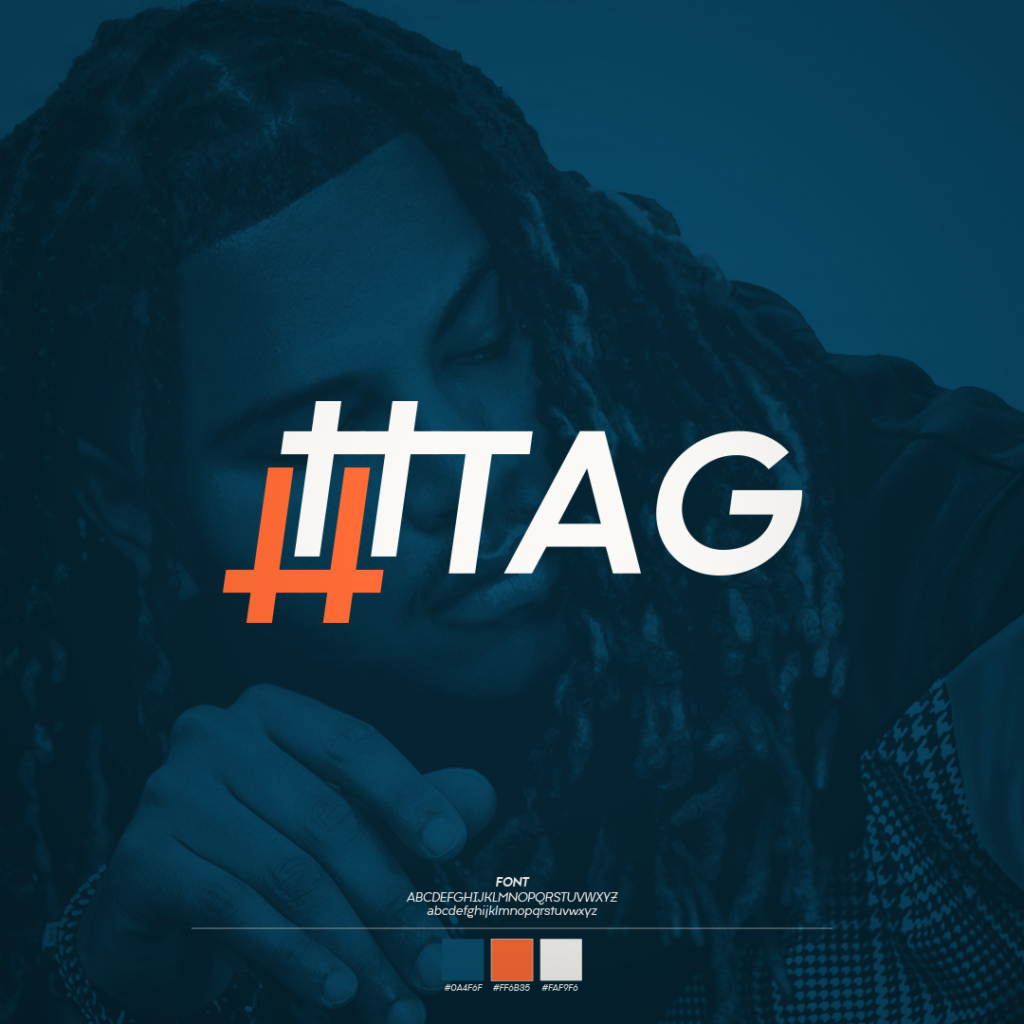Graphic design professionals understand the importance of having the right tools for the job. One of the most critical components of a designer’s workspace is the monitor. In this guide, we’ll help you find the perfect graphic design monitor for your needs, ensuring that your work looks stunning and stands out from the competition.
Table of Contents
Top Features to Consider When Selecting a Graphic Design Monitor
1. Resolution
High-resolution monitors provide sharper images and more detail.
- 1080p (1920×1080) is the minimum resolution for a decent graphic design monitor
- 1440p (2560×1440) offers a significant improvement in detail
- 4K (3840×2160) is the gold standard for high-end graphic design work
2. Color Accuracy
Accurate color representation is vital for designers to produce high-quality work.
- Opt for monitors with at least 99% sRGB coverage
- Adobe RGB coverage of 90% or higher is ideal for professional work
- Monitors with factory color calibration ensure greater accuracy out of the box
3. Panel Type
Different panel types offer varying levels of color reproduction, viewing angles, and response times.
- IPS (In-Plane Switching) panels provide the best color accuracy and wide viewing angles
- VA (Vertical Alignment) panels offer deeper blacks and higher contrast ratios
- TN (Twisted Nematic) panels have faster response times but lower color accuracy
4. Screen Size and Aspect Ratio
A larger screen size and appropriate aspect ratio can improve productivity and workflow.
- Choose a screen size of at least 27 inches for better multitasking
- Widescreen aspect ratios (16:9 or 16:10) are ideal for most design work
- Ultrawide monitors (21:9) can provide extra screen real estate for multitasking
5. Connectivity
Ensure your monitor has the necessary ports for your devices and peripherals.
- HDMI and DisplayPort are standard connections for modern graphic design monitors
- USB-C and Thunderbolt 3 enable single-cable solutions for video and data transfer
- USB hubs on monitors can simplify cable management and provide easy access to peripherals
Our Top 5 Graphic Design Monitor Recommendations





- Dell UltraSharp U2720Q – The All-Rounder
- 4K resolution, 27-inch IPS panel
- 99% sRGB, 95% DCI-P3 color coverage
- USB-C with 90W power delivery
- BenQ PD3220U – The Professional’s Choice 4K resolution, 31.5-inch IPS panel – 100% sRGB, 95% DCI-P3 color coverage – Thunderbolt 3 connectivity with daisy-chaining support
- LG 34WK95U-W – The Ultrawide Powerhouse
- 5K2K (5120×2160) resolution, 34-inch IPS panel
- 98% DCI-P3 color coverage
- Thunderbolt 3 connectivity and multiple USB ports
- ASUS ProArt PA278QV – The Budget-Friendly Option
- 1440p resolution, 27-inch IPS panel
- 100% sRGB color coverage
- QuickFit Virtual Scale for easy design alignment
- Eizo ColorEdge CG319X – The Color-Critical Solution
- 4K resolution, 31.1-inch IPS panel
- 99% Adobe RGB, 98% DCI-P3 color coverage
- Built-in color calibration sensor
Enhancing Your Workflow with Monitor Setup Options
Dual Monitors
Expand your workspace and boost productivity with a dual monitor setup.
- Arrange two monitors side-by-side or vertically
- Use one monitor for design work and the other for reference material or tools
- Ensure both monitors have similar color accuracy and resolution
Monitor Arms and Stands
Ergonomic monitor arms and stands can improve comfort and reduce eye strain.
- Adjust monitor height, tilt, and rotation for optimal viewing angles
- Free up desk space by mounting monitors on arms or stands
- Choose gas spring arms for easy adjustments and precise positioning
Essential Accessories for Your Graphic Design Monitor
- Monitor Calibration Tool: Regularly calibrate your monitor with tools like the X-Rite i1Display Pro or Datacolor SpyderX Pro to ensure color accuracy.
- Monitor Hood: Minimize glare and external light interference with a monitor hood, especially in bright environments.
- Cable Management Solutions: Keep your workspace organized with cable sleeves, clips, and ties to prevent tangled cables and improve aesthetics.
By considering these factors and recommendations, you’ll be able to select the perfect graphic design monitor for your workspace, ensuring exceptional quality in your work. A high-quality monitor is an investment in your professional future, so choose wisely and experience the difference it makes in your creative process.
Upgrading Your Workspace for Enhanced Creativity and Focus
A well-organized and comfortable workspace can significantly impact your productivity as a graphic designer. In addition to selecting the perfect monitor, consider the following tips to optimize your environment:
1. Proper Lighting
Create an ideal working environment with appropriate lighting conditions.
- Avoid harsh direct lighting that can cause eye strain or create screen glare
- Utilize natural light when possible, but be mindful of potential glare
- Consider adjustable desk lamps with color temperature controls for optimal lighting balance
2. Ergonomic Desk and Chair
Invest in ergonomic furniture to maintain a healthy posture and minimize discomfort during long work sessions.
- Choose an adjustable chair that provides proper lumbar support and promotes good posture
- Opt for a height-adjustable desk that allows you to switch between sitting and standing positions
- Arrange your keyboard and mouse to reduce wrist strain and maintain a comfortable typing position
3. Workspace Organization
Maintain an organized and clutter-free workspace to enhance focus and creativity.
- Use desk organizers, shelves, or drawer dividers to keep your workspace tidy
- Establish a dedicated spot for your tools, stationery, and reference materials
- Implement a regular cleaning routine to maintain a clean and organized environment
4. Inspirational Elements
Incorporate design elements that inspire creativity and boost your mood.
- Surround your workspace with artwork, mood boards, or color palettes that inspire you
- Choose aesthetically pleasing desk accessories that complement your design style
- Incorporate plants to improve air quality and create a calming atmosphere
5. Noise Management
Minimize distractions and enhance focus with noise management solutions.
- Use noise-cancelling headphones or earplugs to block out external distractions
- Create a custom playlist or listen to ambient sounds to improve concentration
- Set up acoustic panels or partitions to absorb sound and reduce echo in your workspace
By optimizing your workspace and investing in the right tools, including the perfect graphic design monitor, you’ll create an environment conducive to producing exceptional work. The fusion of high-quality equipment, comfortable ergonomics, and inspiring surroundings will elevate your creative process and help you stay ahead in the competitive world of graphic design.
Essential Software Tools for Graphic Designers
In addition to the perfect monitor and optimized workspace, having the right software tools is crucial for any graphic designer. Here’s a list of essential software applications to consider for your design toolkit:
1. Adobe Creative Cloud Suite
The industry-standard collection of design tools for professionals.
- Adobe Photoshop: The go-to application for raster-based image editing and digital painting
- Adobe Illustrator: A powerful vector graphics software for creating logos, icons, and illustrations
- Adobe InDesign: A versatile layout and page design software for print and digital publishing
2. CorelDRAW Graphics Suite
A comprehensive suite of design tools for vector illustration, layout, and photo editing.
- CorelDRAW: A robust vector graphics editor for creating detailed illustrations and designs
- Corel PHOTO-PAINT: An image editing application with extensive support for RAW files
- Corel Font Manager: A useful tool for organizing and managing fonts in your design workflow
3. Affinity Designer
A cost-effective alternative to Adobe Illustrator for vector graphics design.
- User-friendly interface and powerful design tools
- Support for both raster and vector editing
- Seamless integration with Affinity Photo and Affinity Publisher
4. Sketch
A Mac-only vector graphics editor focused on user interface and web design.
- Intuitive interface with a streamlined design workflow
- Built-in prototyping and collaboration tools
- Extensive plugin support to enhance functionality
5. Figma
A web-based design and prototyping tool for collaborative design projects.
- Real-time collaboration and version control for team-based projects
- Comprehensive vector editing and prototyping tools
- Support for design systems and component libraries
By building a robust software toolkit, you’ll have the flexibility and power to tackle any design challenge. The combination of the perfect graphic design monitor, an optimized workspace, and the right software tools will enable you to create stunning designs that stand out from the competition. Continuously refine your skills and stay updated with the latest industry trends to ensure your work remains relevant and in demand.
Conclusion
As a graphic design professional, investing in the right tools and creating an optimal workspace is essential for producing high-quality work. By carefully selecting the perfect monitor, optimizing your workspace, and equipping yourself with the best software tools, you’ll be well-prepared to tackle any design challenge.
Remember that staying ahead in the competitive world of graphic design requires continuous learning and adaptation to new trends and technologies. By committing to excellence in every aspect of your work, from your equipment to your creative process, you’ll ensure your designs stand out and capture the attention they deserve.
Empower your creativity with the right combination of hardware, software, and environment, and watch your graphic design career soar to new heights.
FAQs
What resolution should I choose for my graphic design monitor?
A high-resolution monitor is recommended for graphic design work. At a minimum, opt for a 1080p (1920×1080) monitor, but consider a 1440p (2560×1440) or 4K (3840×2160) display for greater detail and sharper images.
How important is color accuracy for graphic design monitors?
Color accuracy is crucial for producing high-quality graphic design work. Look for monitors with at least 99% sRGB coverage and, ideally, 90% or higher Adobe RGB coverage for professional projects. Factory color calibration can ensure even greater accuracy out of the box.
What panel type should I choose for my graphic design monitor?
IPS (In-Plane Switching) panels are the best choice for graphic design work, as they provide superior color accuracy and wide viewing angles. VA (Vertical Alignment) and TN (Twisted Nematic) panels may be suitable for other applications but are generally not recommended for professional design work.
How can I optimize my workspace for graphic design?
To optimize your workspace, ensure proper lighting conditions, invest in ergonomic furniture, maintain a clutter-free environment, incorporate inspirational design elements, and manage noise levels. These factors can significantly impact your productivity and focus as a graphic designer.
What software tools are essential for graphic designers?
The Adobe Creative Cloud Suite, CorelDRAW Graphics Suite, Affinity Designer, Sketch, and Figma are some of the essential software tools for graphic designers. These applications provide a range of capabilities, including raster and vector editing, layout design, photo editing, and collaborative design features.
Additional:
___________
Follow us on Facebook
For more information be sure to check out our Full List of Blogs












